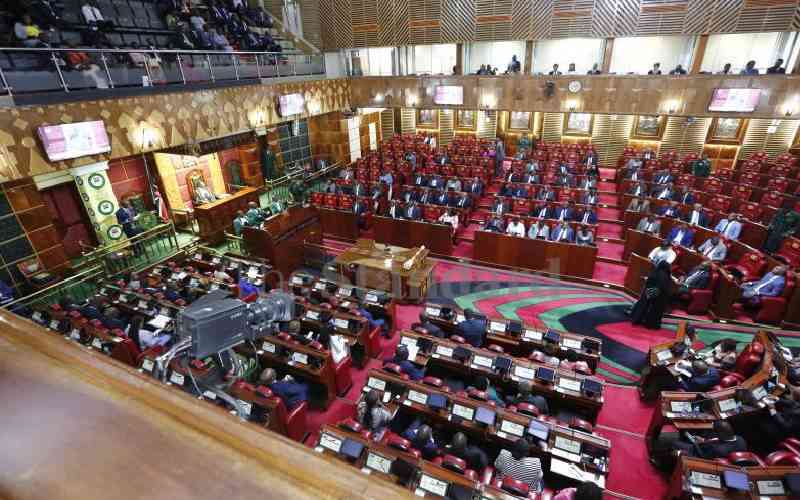Omweri Angina
There is a consensus electoral quotas or reserving seats for marginalised groups and women could boost democracy.
In principle, most people and governments support the idea of gender balance and diverse political systems have introduced quotas as a way of enhancing the voice of women in decision-making. The United Nations, continental and regional blocs all have conventions that provide thresholds for achieving gender balance.
Countries, which have managed to increase women representation, have done so after introducing some form of quotas in line with their political and electoral systems. In the last two decades, over 100 countries worldwide have adopted quotas but Kenya has clearly been an exception in this regard. The first past post-electoral system practiced in Kenya has denied women fair representation, despite the fact that they constitute half of the population.
The gradualist approach of enhancing women representation incrementally has been found ineffective in the absence of systemic changes. Women find the playing field far from level when it comes to political contests: They have to overcome multiple barriers including intense personal scrutiny, negative portrayal in the media, threats or actual violence, lack of money for campaigns and inhibiting cultures.
With only nine per cent representation, the current Parliament boasts the highest number of women MPs since independence. This number is unlikely to increase through mere individual efforts and appeals for more women to present themselves as candidates and to engage in a straight fight ‘without seeking favours’.
Seeking and winning an elective office requires supportive legal and political structures.
The constitution review process, currently under way, provides an opportunity to achieve gender equity in political representation.
Countries with Proportional Representation (PR) electoral system have more women in representative positions than those that practice majoritarian or first past the post electoral systems. Through the PR electoral system, Rwanda became the first country to have more women parliamentarians than men. All of the top 20 countries which have achieved at least 30 per cent women representation in parliament have done so following introduction of electoral quotas either at party level or through legislation.
Women prefer legislated electoral quotas as form of compensation for already existing structural hindrances. How many people realise that, in most cases, it is NOT the voters who decide who gets elected but party officials?
The messy party nominations of the 2007 General Election sidelined many women in favour of unpopular persons. This is why they expect that the types of electoral reforms to be undertaken should include positive steps, including gender quotas, which would ensure fair political representation.
The grand coalition is on record for introducing gender quotas in the public service by reserving 30 per cent of the positions for women but it has not shown similar willingness to reserve seats for women in Parliament and local authorities. An attempt at reserving 50 parliamentary seats for women was roundly defeated by the previous Parliament, as was a proposal in the Bomas draft to reserve seats for women district representatives.
As the review process begins, it is time we moved away from the mentality of according women ‘equal opportunity’ and lay structures to provide ‘equal results’.
 The Standard Group Plc is a
multi-media organization with investments in media platforms spanning newspaper
print operations, television, radio broadcasting, digital and online services. The
Standard Group is recognized as a leading multi-media house in Kenya with a key
influence in matters of national and international interest.
The Standard Group Plc is a
multi-media organization with investments in media platforms spanning newspaper
print operations, television, radio broadcasting, digital and online services. The
Standard Group is recognized as a leading multi-media house in Kenya with a key
influence in matters of national and international interest.
 The Standard Group Plc is a
multi-media organization with investments in media platforms spanning newspaper
print operations, television, radio broadcasting, digital and online services. The
Standard Group is recognized as a leading multi-media house in Kenya with a key
influence in matters of national and international interest.
The Standard Group Plc is a
multi-media organization with investments in media platforms spanning newspaper
print operations, television, radio broadcasting, digital and online services. The
Standard Group is recognized as a leading multi-media house in Kenya with a key
influence in matters of national and international interest.








